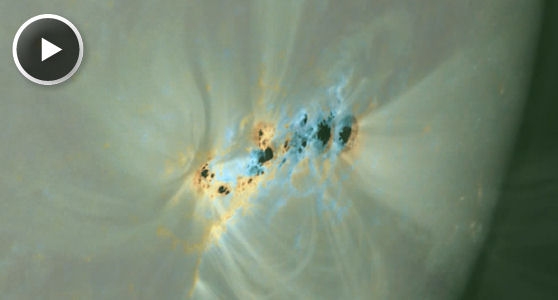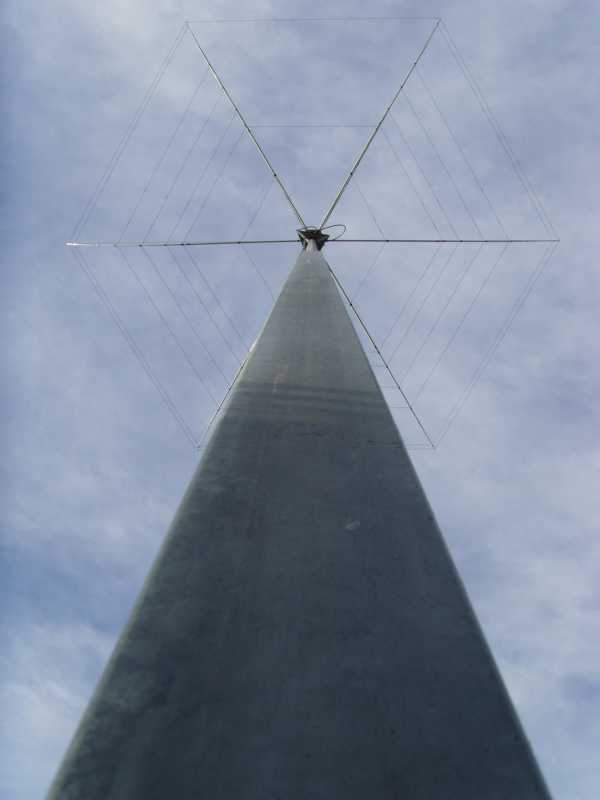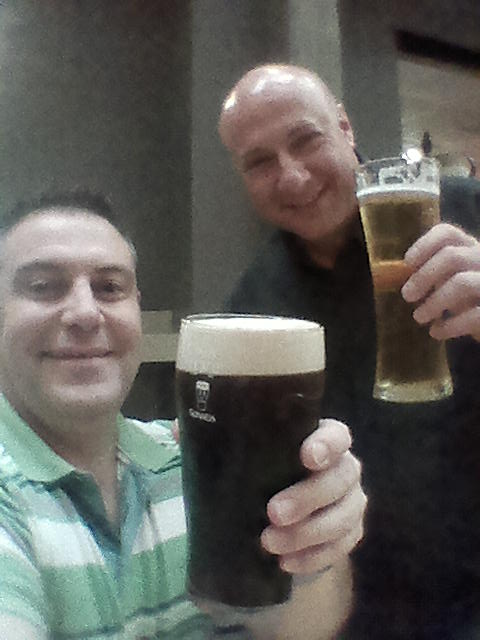 Well finally, several of our StrumbleHead DX Group start their journeys to Timor Leste today for the 4W6A Dxpedition on Aturo Island. Here is the final press release from Tim M0URX as they left the UK. I will keep this blog updated as and when I hear from them so please call in again and find this entry as I add more to it throughout the next three weeks. Scroll to bottom for latest updates
Well finally, several of our StrumbleHead DX Group start their journeys to Timor Leste today for the 4W6A Dxpedition on Aturo Island. Here is the final press release from Tim M0URX as they left the UK. I will keep this blog updated as and when I hear from them so please call in again and find this entry as I add more to it throughout the next three weeks. Scroll to bottom for latest updates
GOOD LUCK to all the Team, lets hope all goes well and it’s a tremendous success, have a safe journey to all!
DAY 1 REPORT
So what route will I be taking to get to Timor-Leste? After a two hour coach trip to London, Heathrow Airport, there is a seventeen hour flight to Darwin, NT, Australia Via Singapore. I will be traveling with Ant, MW0JZE. In Darwin we will meet up with VK8NSB, Stuie, (Team leader) VK8DX, Oliver & VK2IA Bernd, The following day we fly to Dili, Timor-Leste where we have some work to do gathering supplies, generators need to be picked up and checked, fuel, food, water all needs to be bought.
The bulk of the equipment, including the linear amplifiers, the Titanex V160E vertical, Hexbeam and other antennas, left Darwin, Australia, on 6 September. It has all arrived safely in Dili, Timor-Leste, and is now awaiting the arrival of the team next week.
9M6DXX and 9M6XRO leave Malaysia on 12 September for a transit stop in Bali, from where they plan to be active ‘holiday style’ as YB9/G4JVG and YB9/GM3OOK respectively. Unfortunately, due to a late change of airline timetable, they will not now arrive in Dili before the afternoon of Friday 16 September. The chartered boat taking the team and the equipment to Atauro Island has therefore been rescheduled to later that afternoon.
It is likely that only one or two stations will be on the air that day as the team will run out of daylight before all the antennas can be erected. The remainder of the antenna work will commence at first light the following morning (approximately 2115UTC on 16 September) and 4W6A should be fully operational by the morning (UTC) of 17 September.
4W6A will be QRV on all bands 10 to 160 metres, using CW, SSB and RTTY with up to four stations simultaneously. It is hoped that log search will be available, thanks to the Clublog facility (go to www.4w6a.com/qsl-information/log-search), but this is dependent on a reliable Internet connection being available on the island. Col, MM0NDX, is the pilot for 4W6A and is responsible for providing feedback to the team. He may be contacted at [email protected] The QSL manager is M0URX, direct (SAE plus 1 IRC / $2), via the bureau, or LoTW. The entire log will be uploaded to LoTW as quickly as possible after the end of the operation or, if possible, also during the DXpedition. Direct or bureau QSLs may also be requested using the M0URX Online QSL Request Service (OQRS) at http://m0urx.com/oqrs (there is also a link from the 4W6A website at www.4w6a.com/qsl-information).
DAY 3 – REPORT
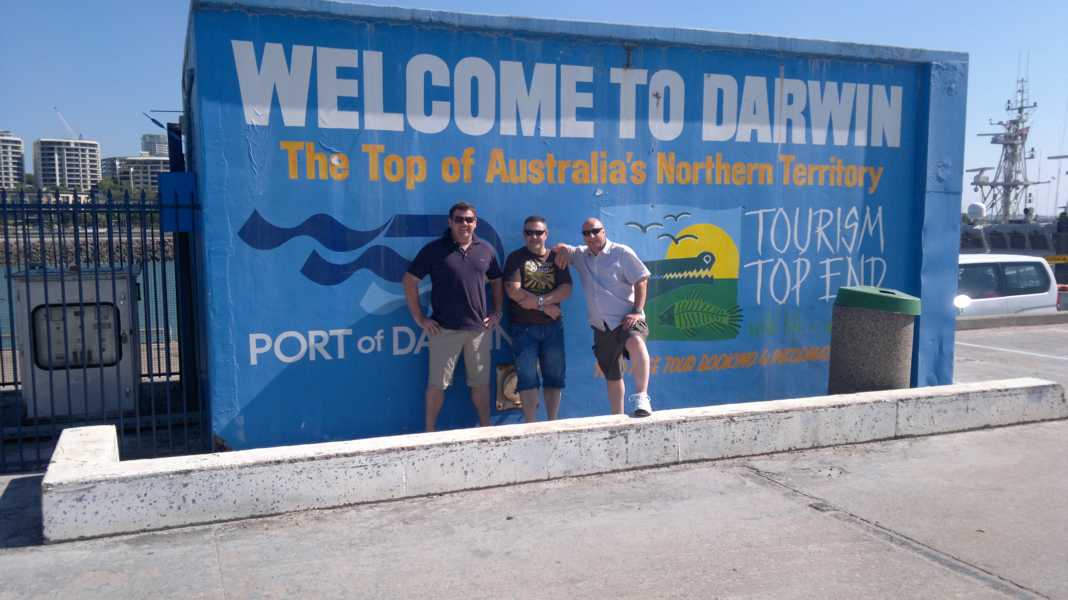 Well after the heads up from the rest of the Strumblehead Team, Rob, Chris and I managed to worked both of the guys down in Darwin. Tim was signing VK8/M0URX and Ant VK8/MW0JZE. Sig around 1300UTC were poor with heavy Qsb but an hour later and after a frequency shift they peaked 5/8 with me which also gave Ants wife Laura the opportunity to get thro from her home station, great job!
Well after the heads up from the rest of the Strumblehead Team, Rob, Chris and I managed to worked both of the guys down in Darwin. Tim was signing VK8/M0URX and Ant VK8/MW0JZE. Sig around 1300UTC were poor with heavy Qsb but an hour later and after a frequency shift they peaked 5/8 with me which also gave Ants wife Laura the opportunity to get thro from her home station, great job!
Here is the latest report from Tim 1400UTC 13th September);
After a long journey to Darwin Northern Territories Australia taking two days the plane finally touched down at 4.30am local time. Waiting for us at arrivals was Stuie, VK8NSB. We have spent most of the day acclimatising and making sure that we have no jet lag and have done this by staying awake all day and trying to keeping busy.
Stuie has shown us around Darwin today which we have really enjoyed.
This evening we met up with Oliver VK8DX we all had lunch together before retuning to the shack to finish off preparing the K3s and K2 for the RTTY and CW operators of the trip. Having had very little sleep in 40 hours, we are off to bed, catch you all tomorrow. Thanks also for all the guys that called in from the UK, EU and AS, great to have your support on the trip!
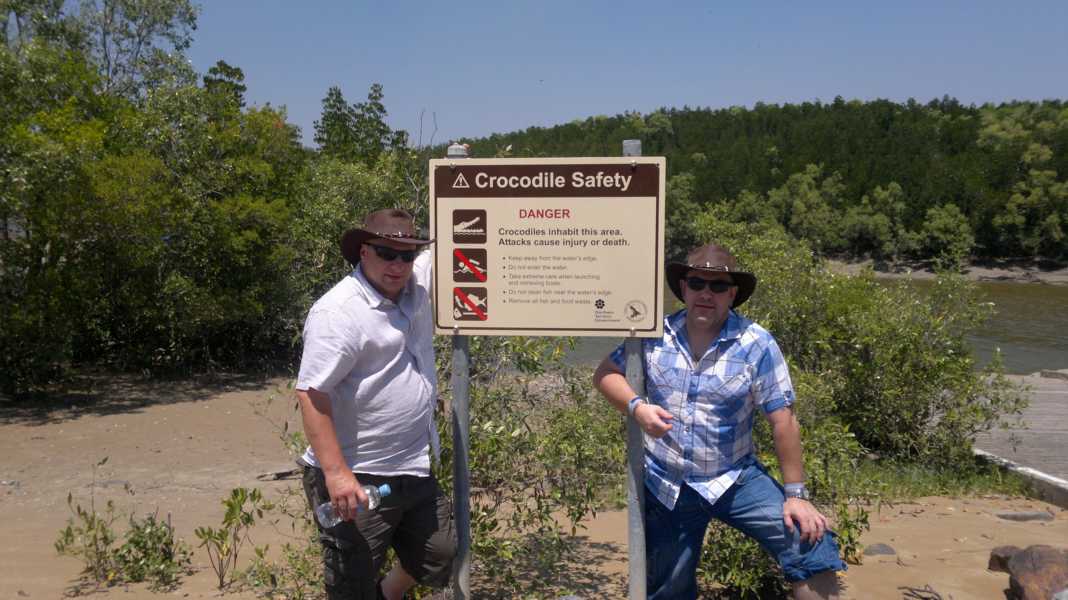
Weather is baking hot as you would expect and we have purchased our hats (see photo) for our trip to Aturo Island in a few days.
Thanks also for all the guys that called in from the UK, EU and AS, great to have your support on the trip!
73 from/OBO Team 4W6A (M0URX)
DAY 5 – REPORT
Bernd, VK2IA, arrived from Sydney on Wednesday afternoon in Darwin. With 5 members of the team now at Stuie’s house we had a meal and talked about the work ahead of us over the next 12 days. It had to be an early night for all of us as we needed to be awake at 3am to leave Darwin, Northern Territory, Australia for a 0545 hrs local time flight with Air North to Dili, East Timor. It was in the departure lounge that the team met with the Timor-Leste, Prime Minister Xanana Gusmao our team leader VK8NSB Stuie had the chance to inform the Prime Minister of our DXpedition to Atauro Island. The team had a group photograph with the Prime Minister before boarding our flight.
The team were met at the Dili International Airport by Kim & Tony our local support team and driven to the Dili Hotel where the team members had various pre DXpedition shopping and logistics matters to deal with. The final two 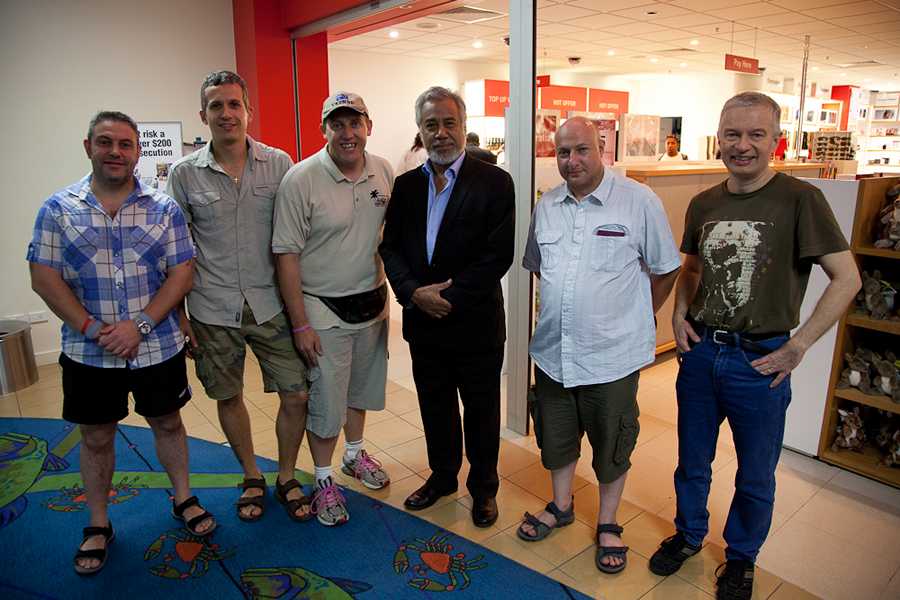 members of the team are still in Bali, Indonesia prior to leaving for Dili on Friday. We had a meeting with Kim & Tony to discuss all the duties that we would need them to assist us with in getting the fuel over to the Island daily for the generators along with supplies for the team. The Hexbeam was delivered to the hotel, and the generators have been checked over for collection later.
members of the team are still in Bali, Indonesia prior to leaving for Dili on Friday. We had a meeting with Kim & Tony to discuss all the duties that we would need them to assist us with in getting the fuel over to the Island daily for the generators along with supplies for the team. The Hexbeam was delivered to the hotel, and the generators have been checked over for collection later.
DAY 6 – REPORT
Well the guys a little too busy today to give us any feedback, understandably they need to crack on with things at their side. I the meantime just a little addition to say that all is well and team arrived safely on Aturo Island. They have been very busy setting up and managed to get one station on the air around 10.45 UTC when they appeared on 21295.00. Signals were very good and gave a full 4 1/2 hours where the signals were 57 to 58 with me in Yorkshire (on my Hexbeam (MW0JZE build!). Tim, Steve and Ant were operating and had a huge pile-up resulting in a 5-20kc split at times. Tim and Oliver are concentrating on getting the Hexbeams up and we expect another update later today when they have time.
Well done guys, keep it up, a good start!

DAY 8 – REPORT
We have just received some news from Col, MM0NDX, the pilot station.
The team have lost one of the generators (possible breakdown) so they are limited with what they do at the minute. They are also hoping to get to the internet cafe to upload logs and get any news back to us here in the UK.
We will advise when more is forthcoming.
The first logs from 4W6A are now on line at http://www.4w6a.com/qsl-information/log-search.html
DAY 9 REPORT (…..troubles in Paradise  )
)
The guys had troubles with the 20M station yesterday evening with several reports of very bad audio. The Pilot tried to make contact but without initial success. We hope now the situation is sorted. Here are a few lines from yesterday which try to explain yesterdays events and dont forget to check the Logsearch (click here) although uploads may only be every few days due to local internet and access issues;
”The main reason why contacts have been a little slow is that we had a malfunction with a transceiver, particulary on RTTY & SSB. We are now running without back up.
Due to a power failure not all the logs synchronised all QSO’s logged for the upload. They are all showing on the network but did not all download. This will be rectified on next download/upload.”
Currently the team are experiencing difficulties on the 75/80M band from a yet unknown source. They will be back on 80M tonight (19th),or earlier if the issue is resolved, looking to work North America. Also, the generator issues are still hampering the team, so limited stations are the order.
As mentioned above, even now at 1530UTC there is still an issue with uploads to the 4W6A DXpedition log, there are qso’s missing, but this DOES NOT mean you are NOT in the log. Hopefully, the problem will be resolved soon, but if in any doubt, please work 4W6A again. The team are working hard to get these jobs sorted but those of you who have been on these trips will realise how difficult it can be when you are in a foreign place without the comforts of home, please be patient!

DAY 10 – REPORT
The problems the team had with the audio on the 20M station rig was finally resolved yesterday. A chat with a team member said that it was in fact an issue with one of the K3’s but after a full reset to ‘factory defaults’ it seemed to cure the problem. Up to yesterday evening (19th September) the team had logged just short of 15,000 qso’s – Great job!!!
Further from the team (1030am UTC);
Next log upload in few hours. Partial log uploads only, due to generator issues. Feel free to work them again if you wish to confirm the band slots. The Internet is so unreliable, almost to the point of unuseable.
They will be QRV on 80 and 160 tonight for EU but still a very high noise level on 80, moreso than 160 which at this stage cannot be resolved.
Many thanks to everyone for their kind words and support in the last few days of problems.
DAY 11 – REPORT
From Atauro;
Conditions continue to be good, though perhaps not quite as spectacularly good as on 16 and 17 September. As of 1130UTC today, 20 September, 4W6A has made approximately 18.5k QSOs.
We are aware that approximately 1000 CW QSOs made on the morning of 18 September on 20m and 30m are missing from the online log on Clublog. We hope to include these QSOs in future log uploads, but to be absolutely certain of a ‘good QSO’ you are invited to make another contact if you cannot find your call in our online log.
Last night was the first night without any local noise on 160m, and over 250 QSOs were made on topband to North America, including some East Coast contacts, to Europe as far west as the British Isles, and to Japan. We should be on 160m each night now until 25 September.
We have received some reports of poor modulation quality on one of our SSB stations. We appreciate the feedback: the problem has now been solved. It would seem that the audio settings of one of the K3 transceivers had mysteriously changed in transit and we have now reverted to the factory default settings

DAY 14 – REPORT
IMPORTANT UPDATE…. PLEASE READ.
This message was recieved from the Team yesterday as major problems were still being made as more qso’s were uploaded. Yesterday for example, the 12M qso’s from the previous day were all OK in the Logsearch. After the next upload however later in the day, most of the 12m Qso’s were overwritten and NONE showed in the log.
PLEASE be patient. They guys are aware of the problem and the Pilot has hundreds of emails complaining about missing qso’s. We have problems even contacting the team so as you can imagine, ammending logs is not possible at all at the moment. We understand that the main log is fine and the fault is with the partial updating. The full logs will be updated as soon as they have a stable internet connection and then we expect all the issues to be resolved;
”’16:36 UTC 23/09/2011
IMPORTANT UPDATE…. PLEASE READ.
It would again appear a problem with uploading logs from the jungle has taken place. We are attempting to establish comms with the team to ascertain exactly what the problem is, but for the moment we suggest all ops with “missing QSO data” keep details of your contact(s). As soon as we clarify the issue, the 4W6A website will be updated. ”’
Initial reports saying 4W6A QRT at 0200UTC today were incorrect. They have 40,200 QSO’s logged at 1500z.
Most of the antennas are now done with just 12 and 15m dipoles remaining with one station.
Internet problems have plagued the team the past few days so next log upload will be completed when they arrive in Dili tomorrow.
DAY 16 – REPORT
The team of 4W6A have left Atauro, and are spending two days sampling the atmosphere and culture in the City of Dili. Two members are on their way home, John, 9M6XRO, and Steve, 9M6DXX.
The final log for 4W6A is online via this website, please be wary that until a stable connection is available, that some data may not be apparent.
The QSL requests are flooding in, and the comments received are wonderful, the dxpedition has been received amazingly well
especially some of the teams 160M operation. Hopefully soon, we will be able to post some pictures from Atauro, to give you a chance to see where the team operated from.
73 from/OBO Team 4W6A


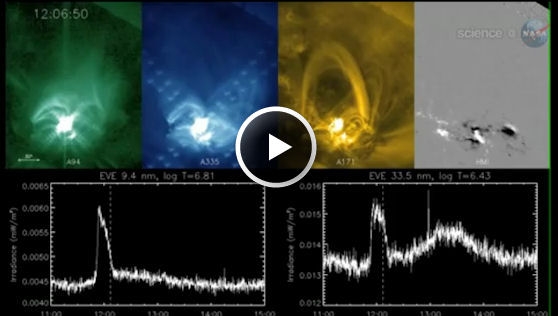
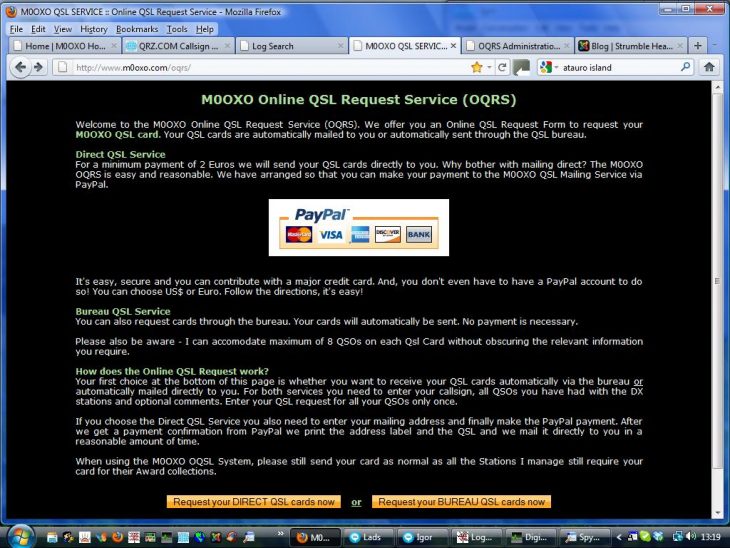
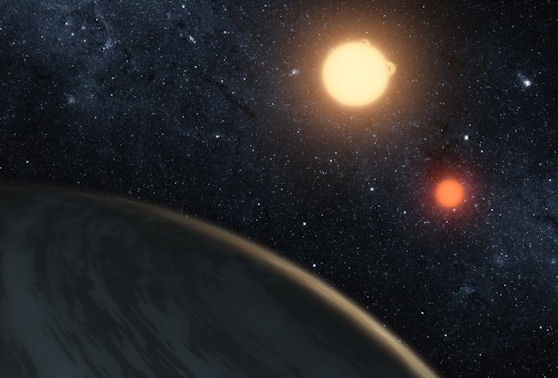

 Well finally, several of our
Well finally, several of our  Well after the heads up from the rest of the Strumblehead Team, Rob, Chris and I managed to worked both of the guys down in Darwin. Tim was signing VK8/M0URX and Ant VK8/MW0JZE. Sig around 1300UTC were poor with heavy Qsb but an hour later and after a frequency shift they peaked 5/8 with me which also gave Ants wife Laura the opportunity to get thro from her home station, great job!
Well after the heads up from the rest of the Strumblehead Team, Rob, Chris and I managed to worked both of the guys down in Darwin. Tim was signing VK8/M0URX and Ant VK8/MW0JZE. Sig around 1300UTC were poor with heavy Qsb but an hour later and after a frequency shift they peaked 5/8 with me which also gave Ants wife Laura the opportunity to get thro from her home station, great job!
 members of the team are still in
members of the team are still in 
